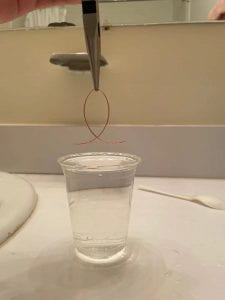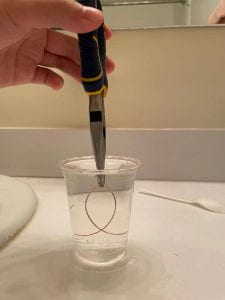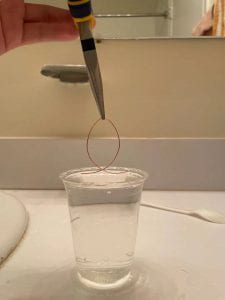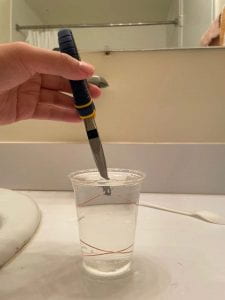Project4: Express – Google Docs
I’m so excited that I put the idea that I had before I came into college into this game!
When the first time I started to play cooperation game, I enjoyed it. I really loved how people did the teamwork and finally won. Even until now, the cooperation game I play is like purely cooperation. For example, Human Fall Flat and Minecraft. In these games, people can assign works for each other and survive in an easy way. However, when I start to read the novels and movies, I know that we can’t easily understand what the other people think in the end of the world. I see so many people betray their friends even families for a chance to be alive. They even kill the others to make sure that they have enough food. That’s the real cooperation situation under the end of the world.
Thus, I create my game like this. The background is in the end of the world that people live in the shelters. The 4 players are the refugees going from the original shelters to the next. They are a team, however, they get the informed that only 1 survivor who finally arrives at then next shelter will be accepted. If there are more than one survivor, the one who has got most money will be accepted. They need 10 days to go to the next shelter. They will meet dangers or treasures in the day and do somethings secretly at night — find food, money or assassinate (1 damage to any player). It’s a game of cooperation and competition.
In the first version of my game, it was a little bit mess. Assassinate didn’t have got CD and they have enough food so that everyone was just trying to kill each other. The robbers they met at day only take 1 money from them which was not excited. However, the treasure works well. There are two kinds of treasures — money and food. There’s a box named “4” or “5”. The 4 players should decide the sequence by themselves, and they could take any quantity they want from the box. It made the conflict in the team! It was a tragic that one played got assassinated in three nights by all teammates. That’s why I added the CD for assassinate.
In the second version, I changed something. “Robbers” need every player to pay 4 golds in total. However, every player secretly chooses how much money they want to pay. If there’s not enough money, every player loses 1 health! It works very nice! Additionally, since the CD of assassinate, no one tries to kill the target only by assassinate. Here’s some pictures from the second play test. I record what happened every day.




After the second play test, I had a new thought immediately! The idea is from Yoko Ono’s work “Cut Piece”. Ono sit on the stage with her best suit. There are scissors in front of her and the audiences were asked to use it and cut the suit into piece. I do the same thing. When the game ends, I add a new step. Firstly, if the final player doesn’t arrive the next shelter, all other three players sit together to see if the final player can survive by him/herself in the next days. Then, I take all records of the game (like the 4 pictures up there) one by one and read them aloud about what everyone did every night. It’s like I’m using the scissors to remove the disguise on their face. I’m also interesting to see what will happen when they see the true face of the other players.



 (Yellow is about to win but green pays 5 coins to send the final piece back).
(Yellow is about to win but green pays 5 coins to send the final piece back). (Playing with the coins and alliances).
(Playing with the coins and alliances). (This is what happened from his anger).
(This is what happened from his anger).








